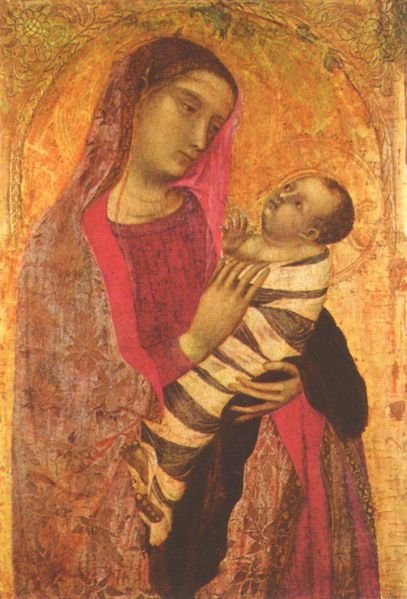|
TRANSLATIONS
Number 314:
52 = 4 * 13 and 176 = 8 * 22. The numbers reached by counting from Gb8-30 do also support, in a way, 4 respectively 8 months. Counting from tamaiti we reach 111 respectively 235, numbers which are not neutral, but what do they mean? Next page:
Here I have chosen to show the first 5 days of the cycle. There are 5 days from honu at Gb6-26 to tamaiti at Gb7-3. If the structure in H is the same as in G, it follows that day 1 beyond 64 - 5 = 59 must be equal to day 1 above (beyond 64). So that is not the reason why I show 5 days above. The choice to show 5 days is quite arbitrary. There is no 'break' in the flow of glyphs beyond Ha1-18. We can, for instance, find a honu also at Ha1-22, a twin of Ha1-13:
The link 'midnight henua' leads to the following page:
I feel slightly uneasy with Ha7-10 (and then indirectly with Aa1-43), because I would like to see the 'baby' instead of the 'mother' ('midnight henua') at the beginning of the new season. But the baby (or the birth, the opening) does not come until a little later, with tao in Aa1-45 respectively with tamaiti in day 182:
I cannot remember that 'the mother' has any role to play at new year. On the other hand, our culture may have tried to suppress 'the mother'. Of course such cannot be done. Mother and child will always survive:
|
|||||||||||||||||||||||||||||||||||||||||||||||||||||||||||||||||||||||||||||||||||||||||||||||||||||||||||||||||||||||||||||||||||||||||||||||||||||||||||||||||||||||||||||||||||||||||||||||||||||||||||||||||||||

























